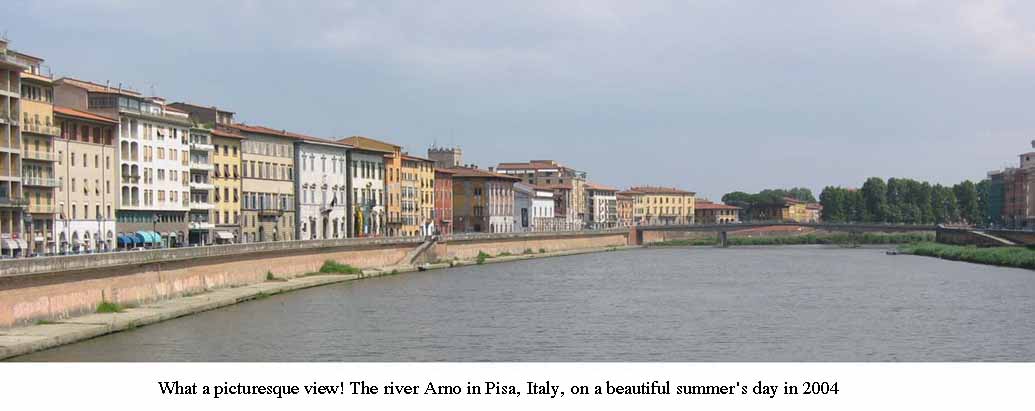The function of the rain in 'Sons + Lovers'
Self-chosen topoc (as an assignment)
on a certain passage
from D.H. Lawrence's
Sons and Lovers (Penguin edition)
Theme/Assignment:

The most revealing and relevant point in this whole and rather lengthy passage is made on p. 350 (bottom) where/when – as a climax, so to speak – "life" is compared to "a shadow". This is a singularly superb methaphor in itself. The line of this metaphor is carried on, kept up and extended (in)to "darkness", "night" and ultimately "death", just one line further.
"Life" is seen in an exclusively negative way. The cluster of words referred to above is meant to shape out pessimism in a multitude of intertwined perspectives. Thus Paul's outlook on life is: shattering, yes devastating (for himself and others) and (self-)destructive in the end.
This dark side of life for the protagonist's future is emphasized by three stylistic as well as functional, i.e. tension-heightening devices:
a) the aspect of time with night setting in on the two lovers,
b) the wood of fir-trees (they've sought shelter in), which is depicted
solely in dark shades and colours so as to give 'dark' (= sinister)
forebodings to the reader at least – as to what is bound to happen
to the couple, and in particular to Paul;
c) the rain starting (off) in a drizzle before it gradually becomes stronger.
This gloomy atmosphere – all ingredients of the moment considered – casts Paul into "fear" (top of p. 351). Enshrouded by dark weather, dark trees, unfulfilled love, Paul's prospectuses do not look good at all. The hopelessness of his position is again underlined by the 'thickness' of the dark (p. 349), which image suggests something impenetrable. It seems to me as if Paul is standing at the entrance of a tunnel at the end of which there is no light (= no solution) to discern for him. Sitting down on the very ground, he stares into the abyss of his own (dark) life/self. Darkness resembles helplessness and is alluded to as 'death'. Miraculously enough, Paul thrives on this kind of darkness. He virtually yearns for his death. On page 345 he even admits/confesses that he likes "the darkness". He even goes as far as to say that he prefers death to life, his life, which he regards as unfulfilled (= a burden).
Death – seen from Paul's perspective – is a kind of eternal, blissful sleep, a "sleep in wonder" (p. 351, top). Now the image of death as blissful sleep is nothing new. It has existed in numerous civilizations ever since we can remember (and found out about it). And he who sleeps is not lost, not dead, but re-united to peace (of mind) and tranquility, unchallenged by the misfortunes of life, such as catastrophes, disasters, (self-)alienation or whatsoever of the kind.
In short, the keynote of the whole passage epitomizes – so to speak – the somehow tragic side of Paul's character, tragic because Paul doesn't perceive any sort of escape from (ultimate) death – maybe premature death, which fact is summed up best in a statement made by D.H. Lawrence himself in a letter to his friend Edward Garnett (14 Nov. 1912),
"He [= Paul] is left in the end naked of
everything, with the drift towards death."
The stylistic means by which Lawrence achieves the dark side effects of the rain in this passage are interesting, too, to illuminate. Apparently, Lawrence applies two techniques – concurrently, more or less – in a masterly way, the techniques of sound and colour.

